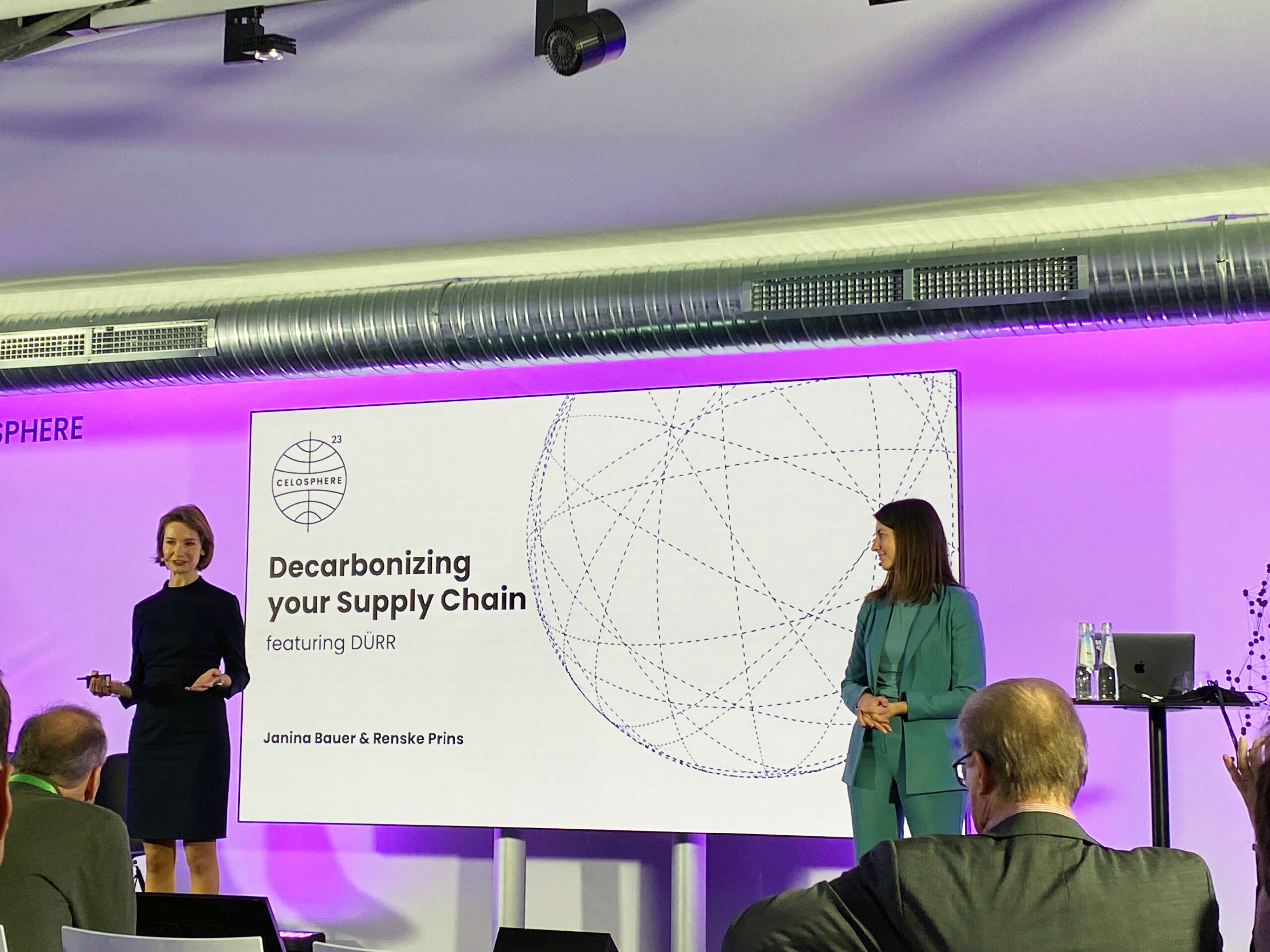Celonis has launched its new Material Emissions App, which aims to simplify how organizations continuously measure, report and reduce Scope 3 emissions in procurement.
As organizations are under increasing pressure to meet sustainability targets, and regulatory bodies introduce and enforce more reporting and carbon reduction requirements, greater action is expected from the business world. For example, under the latest Climate Corporate Data Accountability Act, public and private companies doing business in the state of California that exceed $1bn in annual revenue will be required to publicly disclose their greenhouse gas emissions from 2026 onwards.
Janina Bauer, global head of sustainability at Celonis, explained to attendees at the annual Celosphere conference in Munich that while some might say they don’t fall under such reporting regulations and thus don’t have to report these metrics, the resulting “trickle-down effect of those regulations means that if you want to maintain your competitiveness, you have to get a hold of your supply chain emissions – even if you’re not a public company”.
Explore related questions
Sharing more about the new Material Emissions App, Celonis said it will feature automated material mapping to ensure data accuracy by reducing the risk of human error. It is also set to play the role of a ‘one-stop shop’ for automated and consolidated measurement and recommended actions, providing a more comprehensive assessment of Scope 3 emission sources.
“The heat is on to meet and exceed critical sustainability and business performance metrics throughout the entire supply chain,” as Bauer put it in Munich. “This takes constant collaboration across multiple teams, from procurement – who own the purchasing process and are looking to reduce costs – to sustainability leads who are the main drivers of evaluating Scope 3 emissions.”
Looking to help with these challenges, the data mining leader created the app to allow leaders to find shared solutions that meet their financial and sustainability goals. This also aligns with Celonis’ vision to embed sustainability practices into everyday business processes.
At Celosphere, Alexander Carls, director of procurement at Dürr, explained how Celonis, Climatiq and Dürr initiated a co-innovation project to bundle their expertise in process mining, AI, carbon emissions measurement and machine building. The achieved results helped create a prototype which is already in operation and its rollout at Dürr is planned for the start of 2024.
“At Dürr, our objective is to measure and systematically reduce all emissions within our supply chain to fulfill our climate strategy, the requirements of the recently introduced EU CBAM and the upcoming CSRD regulations,” Carls elaborated.
The Material Emissions App is also set to assist organizations in driving sustainable purchasing decisions and reducing Scope 3 emissions by measuring procured goods and services emissions, using predefined mapping generated by Celonis partner Climatiq’s Carbon Intelligence Provider. It also targets continuously tracking material emissions, taking targeted action and progressing towards environmental goals.
In addition, the new development is said to assess opportunities to reduce Scope 3 emissions by proactively recommending the best ways to reduce an organization’s emissions in procurement. For example, it does this by flagging all materials which can be sourced from more sustainable regions without sacrificing business performance and enabling more sustainably-intelligent purchases.




